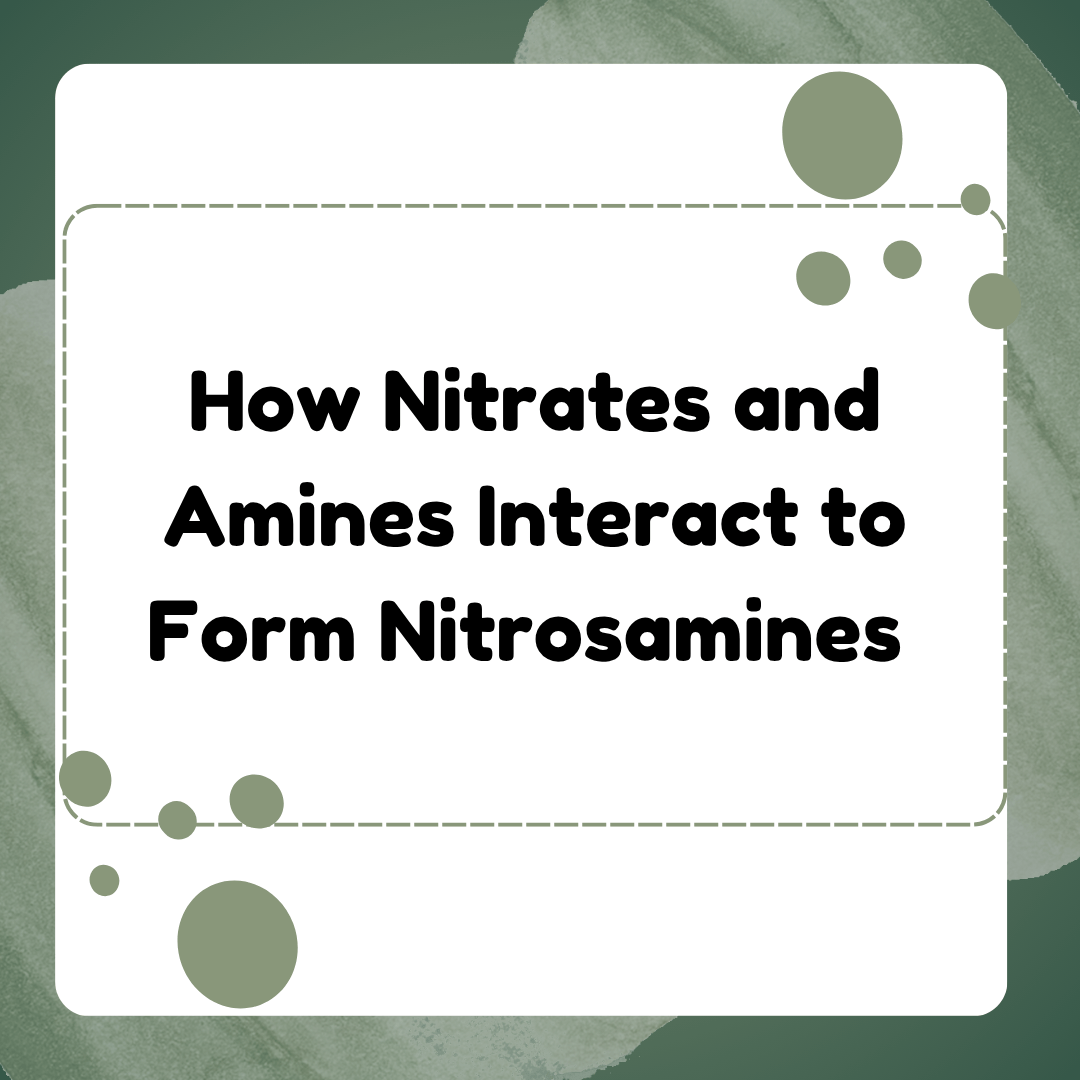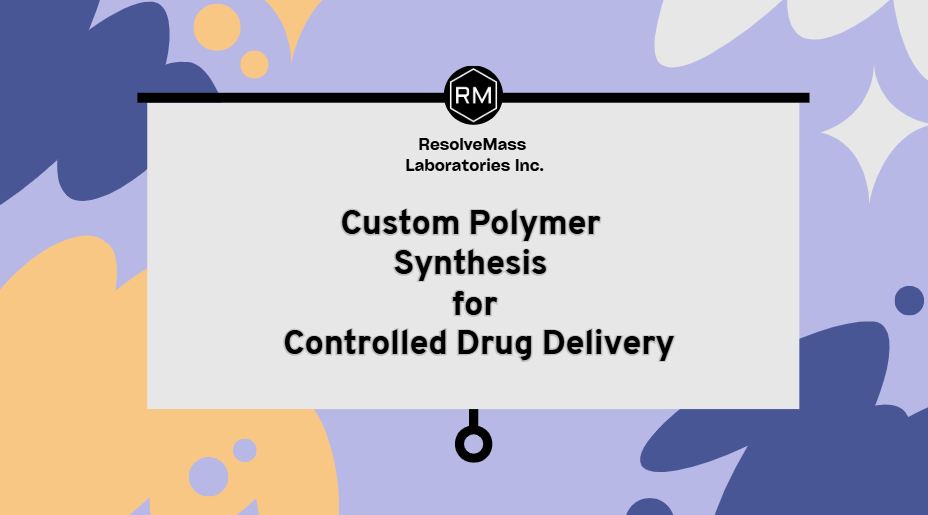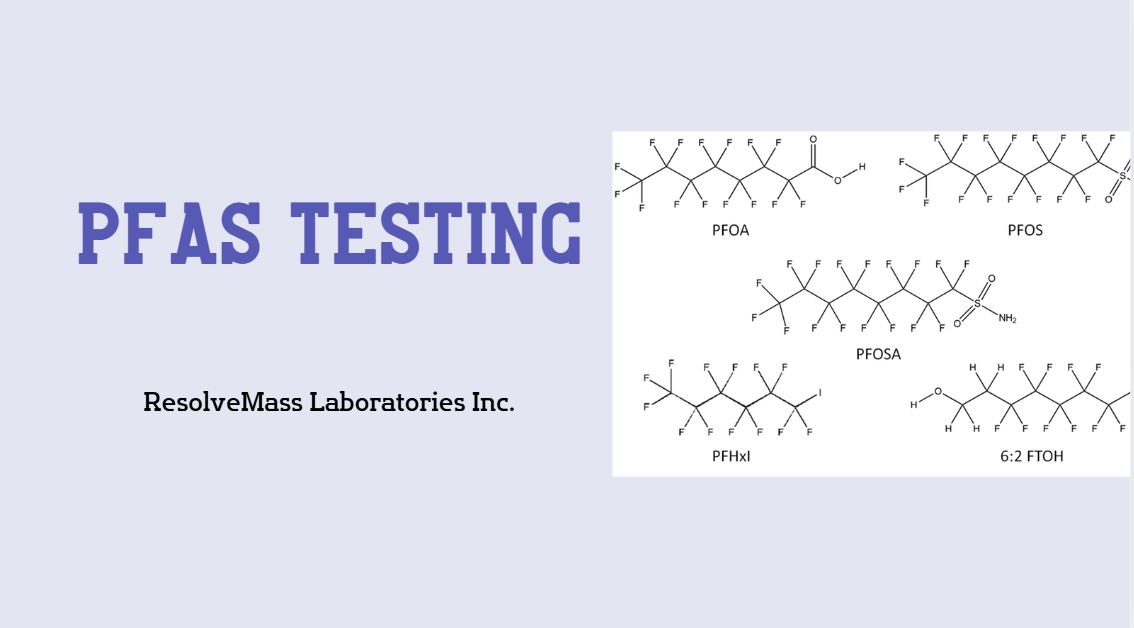Understanding the Nitrosamine Formation Mechanism in Pharmaceuticals
Introduction
The nitrosamine formation mechanism is a crucial concept in ensuring drug safety and quality. Nitrosamines are chemical compounds that may cause cancer and can form during drug manufacturing or storage when nitrates or nitrites react with certain types of amines. At ResolveMass Laboratories Inc., we specialize in identifying, controlling, and preventing these harmful substances in medications. Our expertise helps pharmaceutical companies stay compliant with global safety guidelines while keeping patients protected.
We follow international standards set by the FDA, EMA, and Health Canada. By using validated scientific methods, we help reduce the risk of nitrosamine formation in medicines, especially in products with chemical structures that are more prone to these reactions.
What Are Nitrosamines?
Nitrosamines are chemicals that include a nitroso group (-NO) in their structure. They usually form when secondary or tertiary amines come into contact with nitrates or nitrites, especially in acidic environments or at high temperatures. These conditions can appear during drug production or even in the human body after taking medicine.
Some common nitrosamines include:
- NDMA (N-nitrosodimethylamine)
- NDEA (N-nitrosodiethylamine)
- NMBA (N-nitroso-N-methyl-4-aminobutyric acid)
These harmful compounds have been found in drugs like ranitidine, metformin, and blood pressure medications such as sartans. Due to the health risks, many of these products have been recalled when nitrosamines exceeded safety limits.
How Does the Nitrosamine Formation Mechanism Work?
Understanding the nitrosamine formation mechanism is key to preventing it. Several chemical and environmental factors contribute to how these compounds form:
1. Nitrosating Agents
Nitrites (NO₂⁻), often produced from nitrates (NO₃⁻), act as nitrosating agents. These agents provide the nitroso group that reacts with amines to form nitrosamines.
2. Amines in the Reaction
Not all amines lead to stable nitrosamines. Primary amines form unstable products, while secondary amines like dimethylamine or diethylamine easily form nitrosamines. Tertiary amines can also contribute after breaking down under acidic conditions.
3. Acidic Conditions
Low pH levels—like those found in the stomach or during certain production steps—speed up the reaction. Some excipients and solvents used in formulations can also impact the acidity and make nitrosamine formation more likely.
4. Time and Temperature
Storing drugs for long periods or at high temperatures increases the risk. Especially in products sensitive to moisture, proper temperature and humidity control is essential to prevent these harmful reactions.
Learn how our lab identifies nitrosamines at every stage of production:
👉 ResolveMass Nitrosamine Risk Assessment Guide
Examples of Nitrosamine Formation in Medicines
Certain drugs are more at risk based on their chemical structure:
Sitagliptin and Related Medicines
Drugs like sitagliptin may develop nitrosamines such as NTTP or NDMA due to leftover nitrates reacting with amine groups. Strict process control is needed to prevent this.
Betahistine Products
Although betahistine contains primary amines, small amounts of nitrosamines can still form if nitrites are present during manufacturing or storage. Adjusting formulation and packaging helps reduce this risk.
Cinacalcet API
Cinacalcet is sensitive to both moisture and acidity, which can lead to oxidation and nitrosation. Monitoring environmental exposure during storage is key to protecting the drug’s quality.
Detecting Nitrosamine Formation in the Lab
ResolveMass Laboratories uses advanced tools to identify even the smallest traces of nitrosamines. These techniques are fully validated and meet all regulatory standards.
Our testing methods include:
- GC-MS (Gas Chromatography-Mass Spectrometry)
- LC-MS/MS (Liquid Chromatography-Tandem Mass Spectrometry)
- HRMS (High-Resolution Mass Spectrometry)
- Derivatization methods for ultra-trace detection
These approaches ensure accurate and sensitive testing that meets daily intake limits—some as low as 18 nanograms per day.
💡 Advanced Nitrosamine Testing Lab
Regulatory Expectations for Nitrosamine Risk
Global health agencies like the FDA and EMA require pharmaceutical companies to study and control the nitrosamine formation mechanism in their products. Companies must conduct thorough risk assessments, pinpoint possible sources, and implement measures to reduce or eliminate the risk.
Regulatory submissions now include:
- Root cause analyses
- Detailed formation pathways
- Testing data
- Mitigation plans to prevent nitrosamine formation
Learn more:
📘 Health Canada Nitrosamine Updates
How to Prevent Nitrosamine Formation
Controlling the nitrosamine formation mechanism starts with understanding the chemical and process-related risks. Key prevention strategies include:
- Removing nitrites and nitrates from raw materials
- Avoiding the use of secondary amines in synthetic steps
- Adding inhibitors like ascorbic acid to reduce reaction chances
- Maintaining proper pH and temperature during production and storage
By following these practices, pharmaceutical companies can reduce the risk of nitrosamine contamination and improve product safety.
Conclusion
Knowing how nitrates and amines interact is essential to preventing harmful nitrosamines in medicines. The nitrosamine formation mechanism depends on chemical structure, environmental factors, and production steps. At ResolveMass Laboratories, we help pharmaceutical companies detect and manage nitrosamine risks using advanced tools and regulatory insight.
Whether working with drugs like sitagliptin, betahistine, or cinacalcet, our goal is to make medicines safer and compliant. Nitrosamine prevention is more than just a rule—it’s a responsibility to protect patient health.
📌 Request a Risk Assessment
📌 Contact Our Experts
📌 Connect With Lab Scientists
📌 Schedule a Consultation
FAQs
Nitrosamines form when a nitrosating agent, such as nitrite, reacts with an amine, especially a secondary amine. This usually happens under acidic conditions or at high temperatures. The nitroso group (-NO) binds with the nitrogen atom of the amine, creating a stable nitrosamine compound.
Nitrosamines are produced through a chemical reaction between amines and nitrites or nitrates. This reaction is more likely to occur when there is heat, low pH (acidic environment), or long storage time. It can happen during drug manufacturing, storage, or even inside the human stomach.
Once nitrosamines enter the body, they can be metabolized by liver enzymes into reactive compounds that bind to DNA. This DNA damage can cause mutations, which may lead to cancer over time. This is why nitrosamines are considered carcinogenic (cancer-causing).
Nitrates themselves are not very reactive, but they can be reduced into nitrites in the body or during chemical processing. These nitrites then react with amines to form nitrosamines. The process needs the right environment, like acidic conditions or heat.
To stop nitrosamines from forming, we can use clean raw materials, remove nitrites and nitrates, and avoid high temperatures during production. Adding inhibitors like ascorbic acid and controlling the pH can also reduce the risk. Regular lab testing helps ensure safety.
Nitrosamine formation can increase at temperatures above 40°C, especially during drying, storage, or manufacturing of pharmaceuticals. Higher temperatures make the reaction between nitrites and amines faster. That’s why temperature control is important in drug production.
The action starts when nitrites react with amines in the presence of acid or heat, forming a nitrosating agent. This agent transfers a nitroso group to the nitrogen in the amine, producing a nitrosamine. The whole process depends on chemicals present and reaction conditions.
Completely avoiding nitrosamine formation is very difficult because the chemicals involved—like nitrates and amines—are common in many drug ingredients and environments. However, with the right preventive steps, like using clean materials, controlling pH, avoiding nitrites, and testing products regularly, the risk can be greatly reduced to safe levels.


